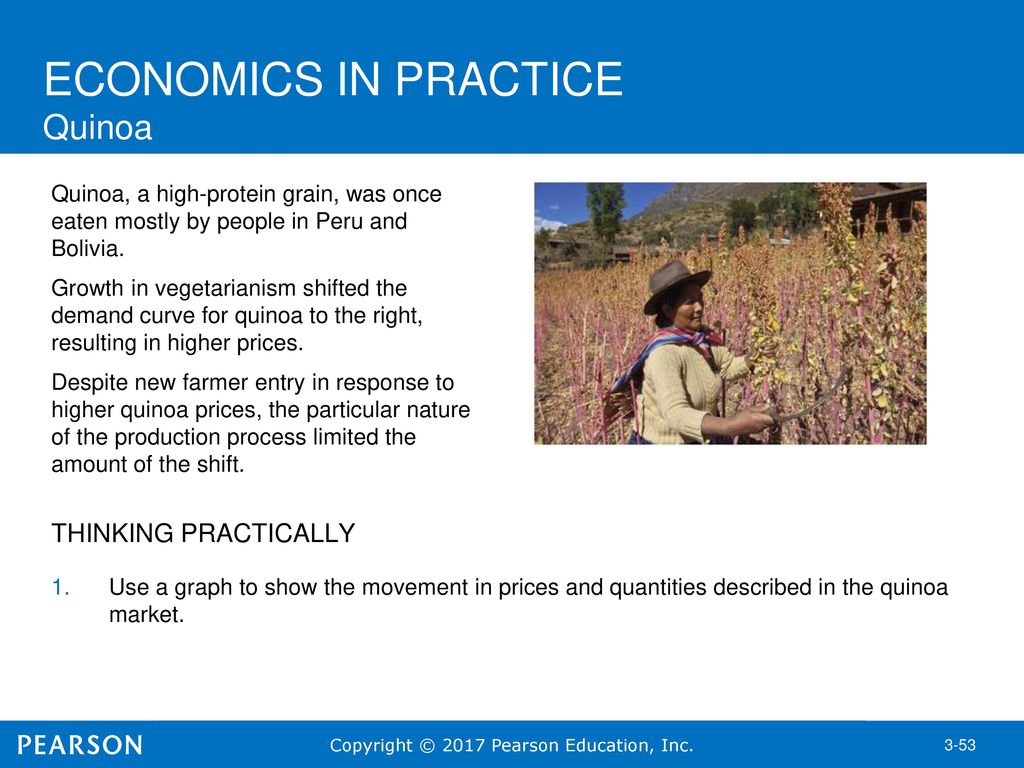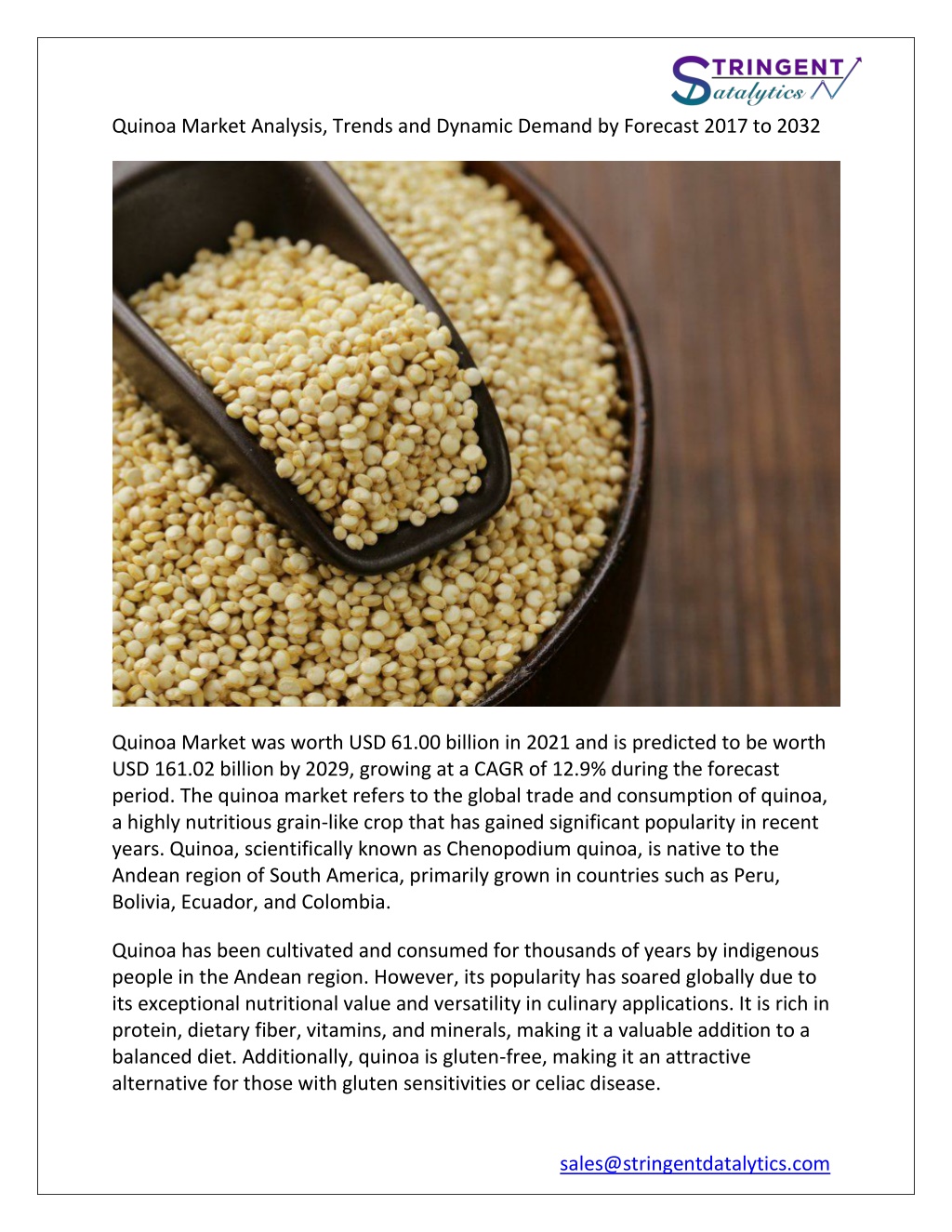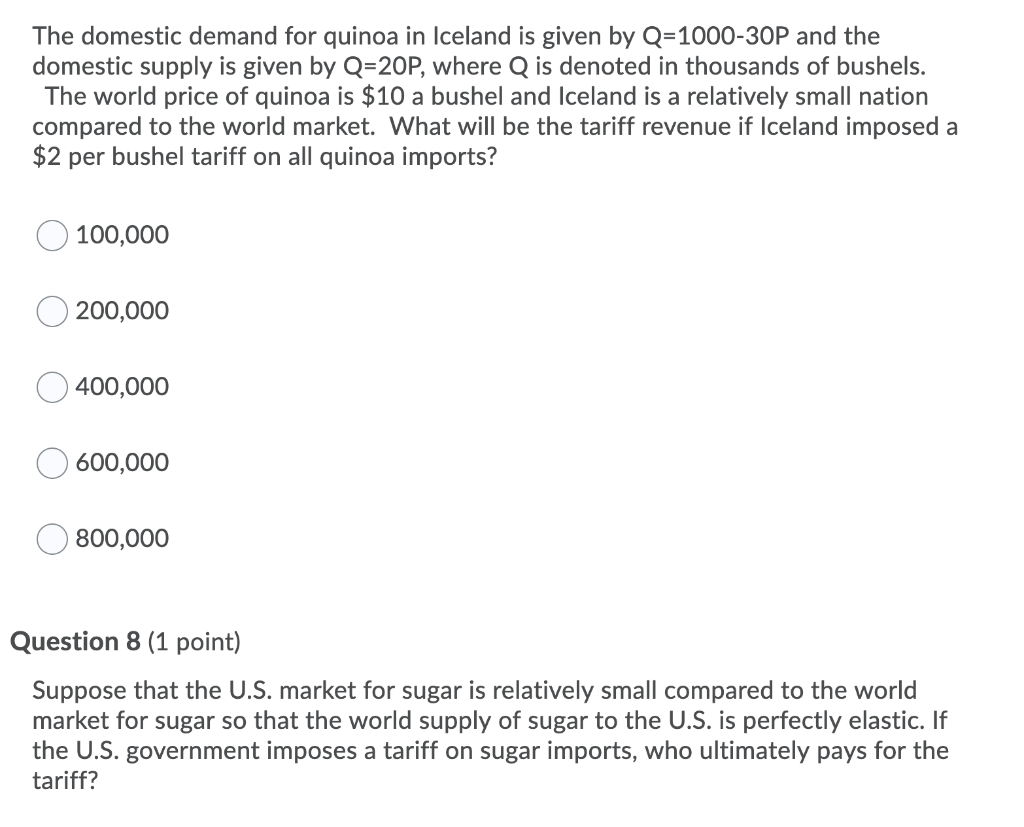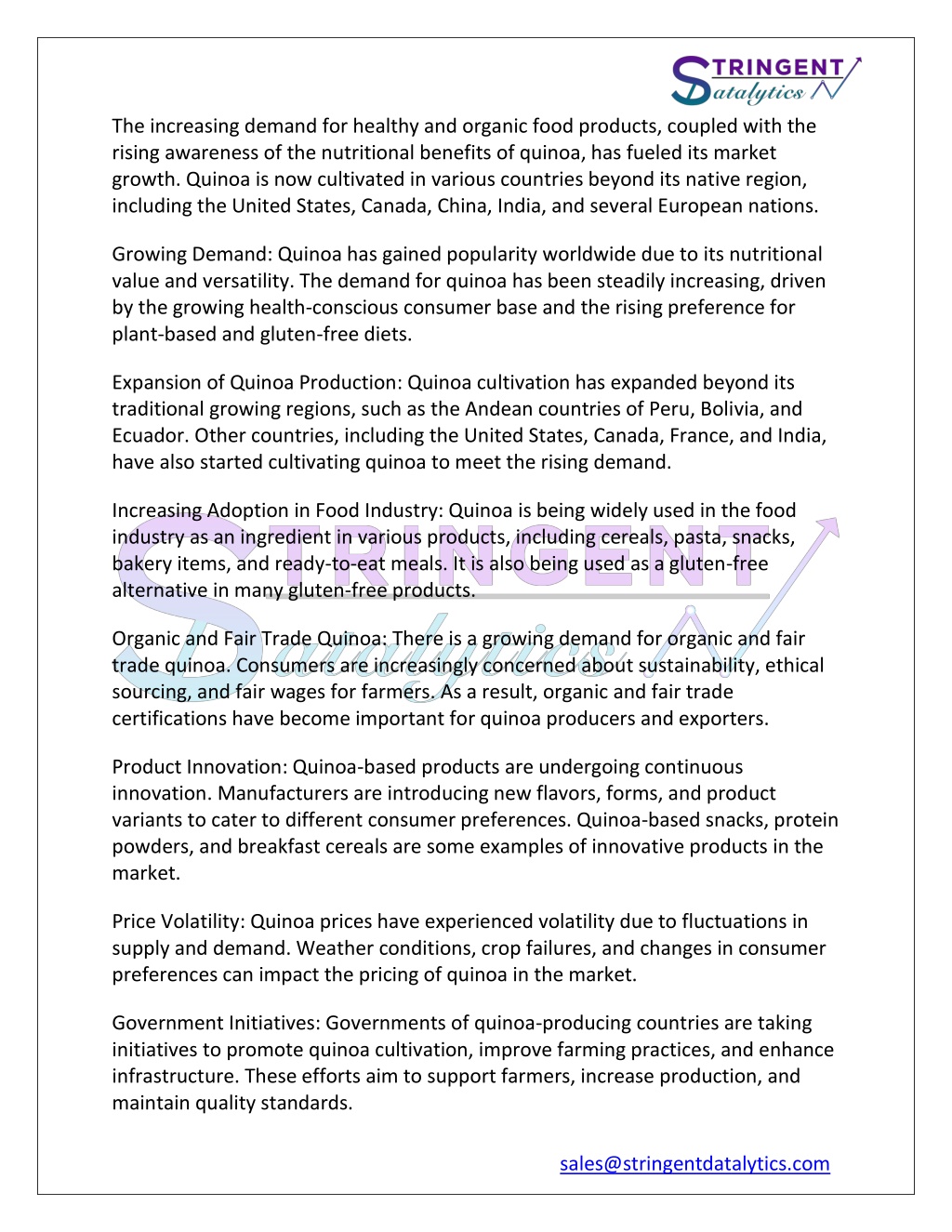The Demand And Supply Of Quinoa

The global demand for quinoa, once a niche grain primarily consumed in the Andean region of South America, has surged dramatically over the past two decades, creating both opportunities and challenges for producers, consumers, and the environment.
This article examines the complex interplay between the burgeoning demand for quinoa and the evolving supply chains that strive to meet it, exploring the economic and social implications of this increasingly globalized food commodity.
The Rise of Quinoa: From Andean Staple to Global Superfood
Quinoa, a complete protein source and rich in essential nutrients, gained international recognition in the early 2000s, driven by growing health consciousness and increasing awareness of gluten intolerance.
Its versatility in culinary applications, from salads to main courses, further fueled its popularity among consumers seeking healthier and more sustainable food options.
The Food and Agriculture Organization (FAO) of the United Nations even declared 2013 the "International Year of Quinoa," recognizing its potential to contribute to food security and nutrition worldwide.
The Surge in Demand
The demand for quinoa has skyrocketed particularly in North America, Europe, and Australia, driven by health food enthusiasts, vegetarians, and individuals with dietary restrictions.
Data from the United Nations Comtrade database shows a significant increase in quinoa imports by these regions, reflecting the escalating consumer interest.
The rise of e-commerce and global food supply chains has also contributed to the widespread availability and accessibility of quinoa, further amplifying demand.
The Supply Side: Producers and Production Challenges
Historically, quinoa production was concentrated in the Andean highlands of Bolivia, Peru, and Ecuador, where indigenous communities have cultivated the grain for thousands of years.
These traditional farmers possess invaluable knowledge about quinoa varieties, cultivation techniques, and sustainable farming practices.
However, the rapid increase in global demand has put pressure on these traditional production systems, leading to both economic opportunities and environmental concerns.
Expansion of Production and its Impacts
In response to rising demand, quinoa production has expanded beyond the Andean region to other parts of the world, including the United States, Canada, and several European countries.
While this diversification of supply sources has helped to meet the growing demand, it has also raised concerns about the potential impact on the livelihoods of traditional farmers in the Andes.
Furthermore, some argue that quinoa cultivation in non-traditional regions may not be as environmentally sustainable, as it can require different farming practices and potentially lead to soil degradation.
Economic and Social Implications
The quinoa boom has had significant economic and social consequences for both producing and consuming countries.
For Andean farmers, the increased demand has provided an opportunity to improve their incomes and living standards.
However, price volatility and competition from larger-scale producers can create instability and threaten their economic security.
Ethical Considerations and Sustainability
Concerns have been raised about the ethical sourcing of quinoa, with some reports suggesting that the increased demand has led to exploitative labor practices and unfair prices for farmers.
Consumers are increasingly demanding transparency and traceability in the supply chain, seeking assurance that the quinoa they purchase is produced in a sustainable and ethical manner.
Certifications such as fair trade and organic can help to address these concerns by promoting responsible production practices and ensuring that farmers receive a fair price for their crops.
Looking Ahead: Balancing Demand and Sustainability
The future of the quinoa market depends on finding a balance between meeting the growing demand and ensuring the long-term sustainability of production.
This requires a concerted effort from all stakeholders, including governments, producers, consumers, and the private sector.
Investing in research and development to improve quinoa yields and promote sustainable farming practices is crucial for ensuring a stable and reliable supply.
The Role of Consumers
Consumers can play a significant role in promoting sustainable quinoa production by choosing to purchase certified products and supporting companies that prioritize ethical sourcing.
By making informed choices, consumers can help to create a more equitable and sustainable food system that benefits both producers and the environment.
Ultimately, the success of the quinoa story will depend on our collective ability to balance the desire for healthy and nutritious food with the need to protect the livelihoods of farmers and the health of the planet.







![The Demand And Supply Of Quinoa SOLVED: 0 [Related to the Economics in Practice on p. 99] The growing](https://cdn.numerade.com/ask_images/8e13a915b81641eb9dbf07484b01db92.jpg)



